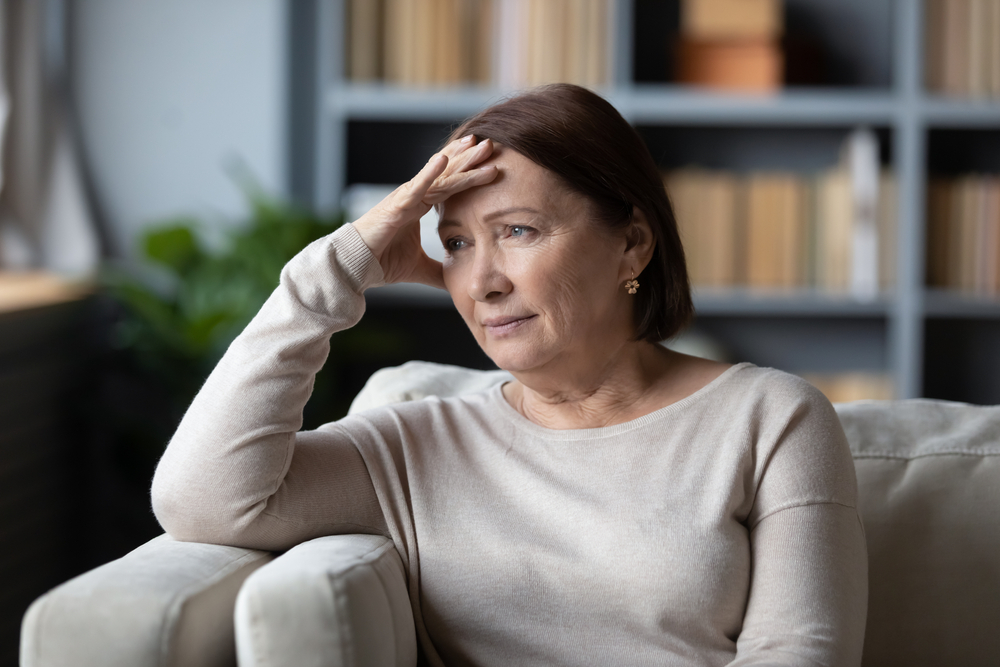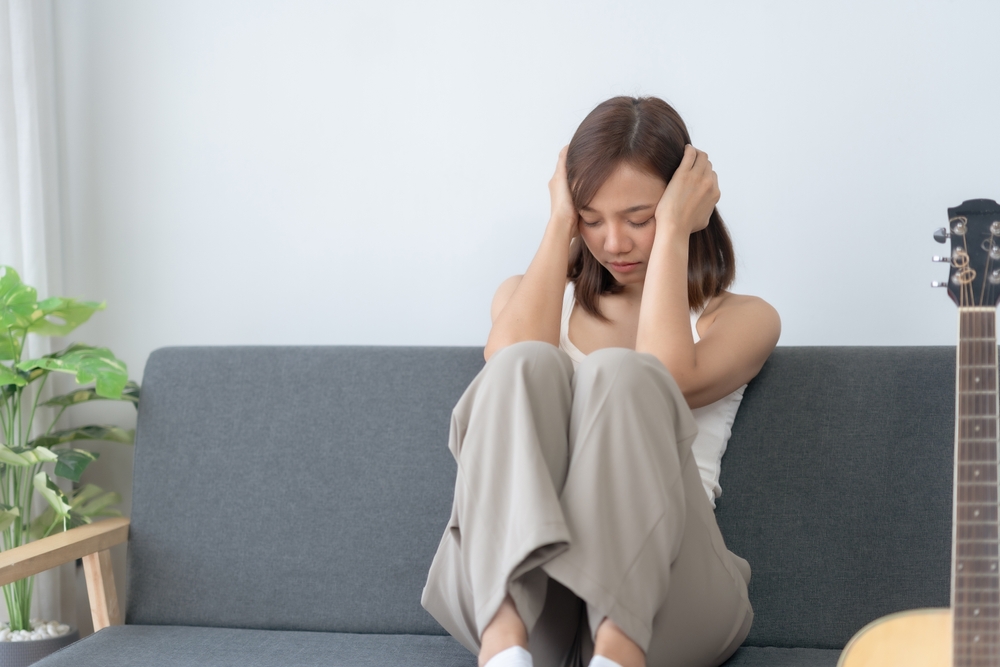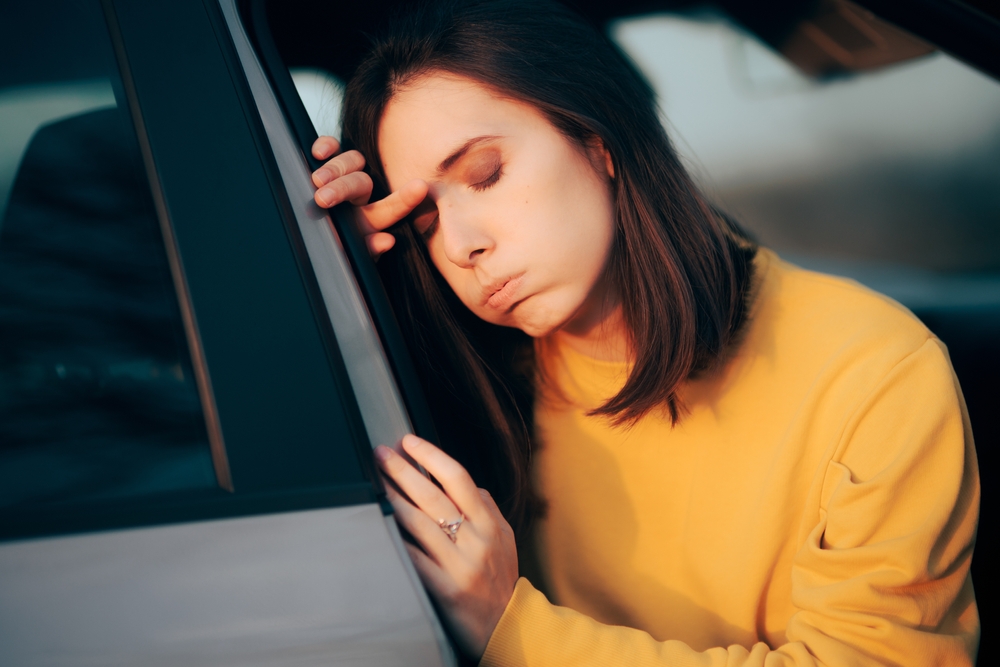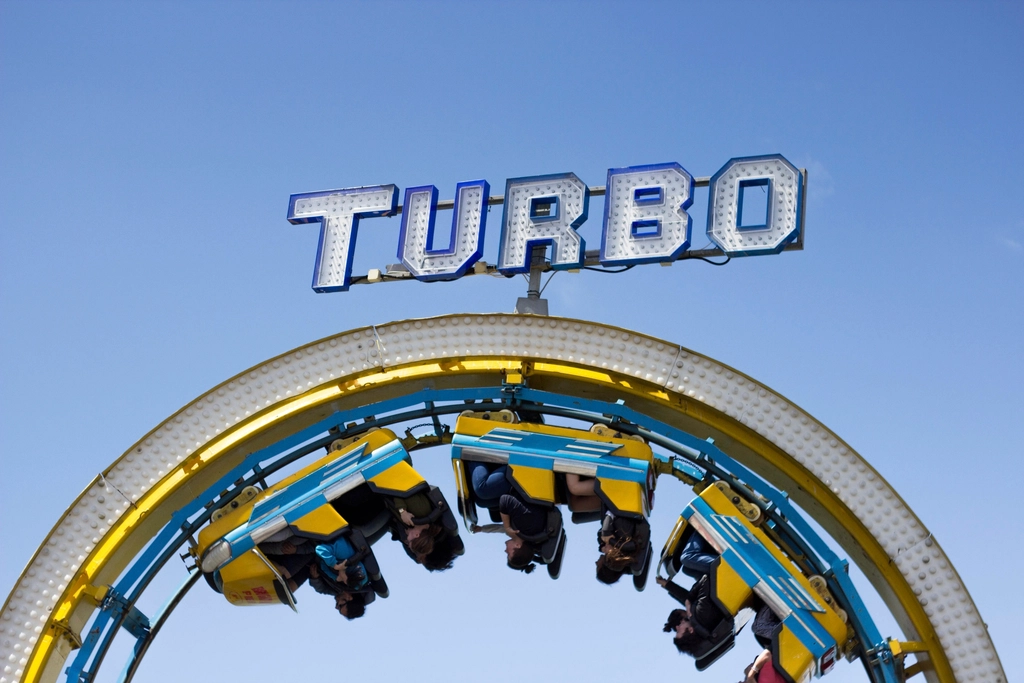Many of us remember spinning around endlessly as children without ever getting dizzy. Fast-forward a few decades, and even a slow carousel can leave us queasy. So, what exactly changes in our bodies that makes dizziness more common as we age?
Three senses must stay in sync

Your brain relies on input from three main sources to keep you balanced: your inner ear (which controls balance), your eyes (which track movement), and your proprioception system (which senses body position through nerves). When these systems aren’t aligned, dizziness occurs.
Aging blunts your sensory precision

As we get older, these systems naturally deteriorate. Your inner ear’s balance organs lose flexibility, vision may decline, and nerves that send movement feedback become less accurate. This means the brain gets noisier, less coordinated signals — leading to confusion and instability.
The inner ear is less responsive

Inside your ears, tiny hair cells float in fluid and respond to your head's movements. But with age, some of these cells die off or become less sensitive, making it harder for your brain to register changes in direction and speed accurately.
Also read: This might be how people act around you when they think you’re attractive
Children’s brains are better at compensating

Kids may spin like tops and walk away smiling because their brains are incredibly flexible. They can rapidly adjust when sensory information conflicts — unlike adults, whose brains take longer to recalibrate.
Emotional health plays a role

Stress, anxiety, and fatigue — all more common in adulthood — can amplify feelings of dizziness. These emotional states can heighten the brain’s sensitivity to internal signals, triggering sensations of imbalance even without physical cause.
Circulation slows with age

As we age, our cardiovascular system may become less efficient. Poor blood flow, especially to the brain, can contribute to dizzy spells when standing up quickly or moving suddenly.
Some adults develop balance disorders

Vestibular disorders like benign paroxysmal positional vertigo (BPPV) become more common with age. These involve disruptions in the balance system and can cause intense bouts of dizziness, often triggered by head movements.
Also read: These Everyday Foods Can Be Dangerous If Prepared Incorrectly
Motion sickness becomes more likely

Many adults become more sensitive to motion. Whether it’s reading in a car or sailing at sea, the mismatch between what your body feels and what your eyes see becomes harder for the brain to reconcile — resulting in nausea and dizziness.
Repeated exposure can help

Ironically, one of the best ways to reduce dizziness is to gently trigger it. Vestibular rehabilitation therapy involves small, controlled movements that challenge the balance system. Over time, the brain learns to adapt and reduce the disorienting effects.
Lifestyle factors also matter

Lack of physical activity, poor sleep, dehydration, and poor posture can all worsen balance. Making simple daily adjustments — like staying hydrated, exercising, and limiting screen time — can strengthen your body’s balance response.
Artiklen er baseret på informationer fra Illustreret Videnskab
Also read: From your lungs to your brain: How laughter boosts your whole body
